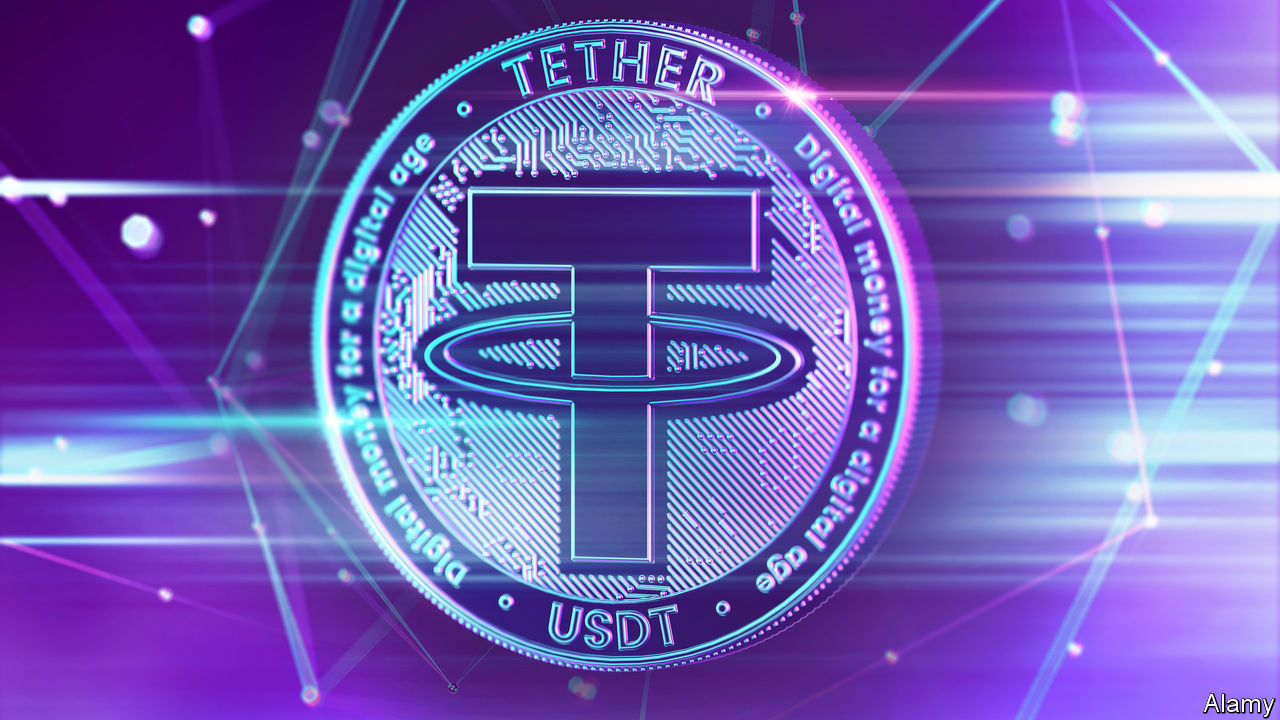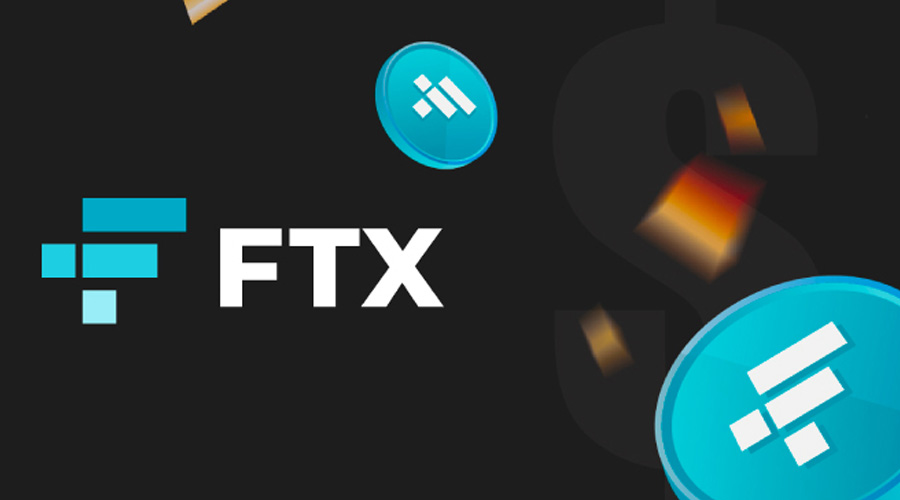Crypto in Europe: Economist breaks down MiCA and future of stablecoins
future of stablecoins are crypto assets that are pegged to the value of a fiat currency, such as the US dollar or the euro.

The European Union (EU) is set to become a global leader in crypto regulation with the introduction of the Markets in?Crypto-Assets Regulation?(MiCA). MiCA is a comprehensive regulatory framework that will cover all aspects of the future of stablecoins asset market, including crypto exchanges, wallets, and custodians.
One of the key areas of focus for MiCA is stablecoins. Stablecoins are crypto assets that are pegged to the value of a fiat currency, such as the US dollar or the euro. Stablecoins are popular because they offer the price stability of fiat currencies with the flexibility and speed of cryptocurrencies.
MiCA will impose strict regulations on stablecoin issuers. Issuers will be required to obtain a license from the European Securities and Markets Authority (ESMA) and to hold reserves that are sufficient to cover the value of their outstanding stablecoins.
MiCA is also expected to have a significant impact on the future of stablecoins in Europe. Some experts believe that MiCA will lead to the consolidation of the stablecoin market, with a few large issuers dominating the market. Others believe that MiCA will encourage innovation in the stablecoin sector, as new issuers emerge to meet the needs of the European market.
To get more insights on MiCA and the future of stablecoins in Europe, we spoke to economist and crypto expert Dr. Philipp Sandner.
Dr. Sandner, what are your thoughts on MiCA?
MiCA is a landmark piece of legislation that will have a major impact on the crypto industry in Europe. It is the first comprehensive regulatory framework for crypto assets in the world. MiCA is designed to protect consumers and investors, and to promote innovation in the crypto sector.
What are the key implications of MiCA for stablecoins?
MiCA will impose strict regulations on stablecoin issuers. Issuers will be required to obtain a license from ESMA and to hold reserves that are sufficient to cover the value of their outstanding stablecoins. MiCA will also introduce a number of measures to protect stablecoin users, such as transparency requirements and dispute resolution mechanisms.
How do you think MiCA will impact the future of stablecoins in Europe?
MiCA is expected to have a significant impact on the future of stablecoins in Europe. Some experts believe that MiCA will lead to the consolidation of the stablecoin market, with a few large issuers dominating the market. Others believe that MiCA will encourage innovation in the stablecoin sector, as new issuers emerge to meet the needs of the European market.
Overall, I believe that MiCA is a positive development for the crypto industry in Europe. It will help to protect consumers and investors, and it will promote innovation in the sector. I am particularly interested to see how MiCA will impact the future of stablecoins in Europe.
In addition to the above, here are some other thoughts on the future of stablecoins in Europe:
- Stablecoins are likely to play an increasingly important role in the European payments landscape. MiCA will help to make stablecoins more trustworthy and reliable, which will boost their adoption by consumers and businesses.
- Stablecoins could also be used to promote financial inclusion in Europe. By providing people with access to stablecoins, MiCA could help to reduce the number of people who are unbanked or underbanked.
- MiCA could also make Europe a more attractive destination for stablecoin issuers. By providing a clear and comprehensive regulatory framework, MiCA could encourage more issuers to set up shop in Europe.
Overall, the future of stablecoins in Europe looks bright. MiCA is expected to have a positive impact on the sector, by boosting adoption, promoting financial inclusion, and attracting new issuers.
What's Your Reaction?
















